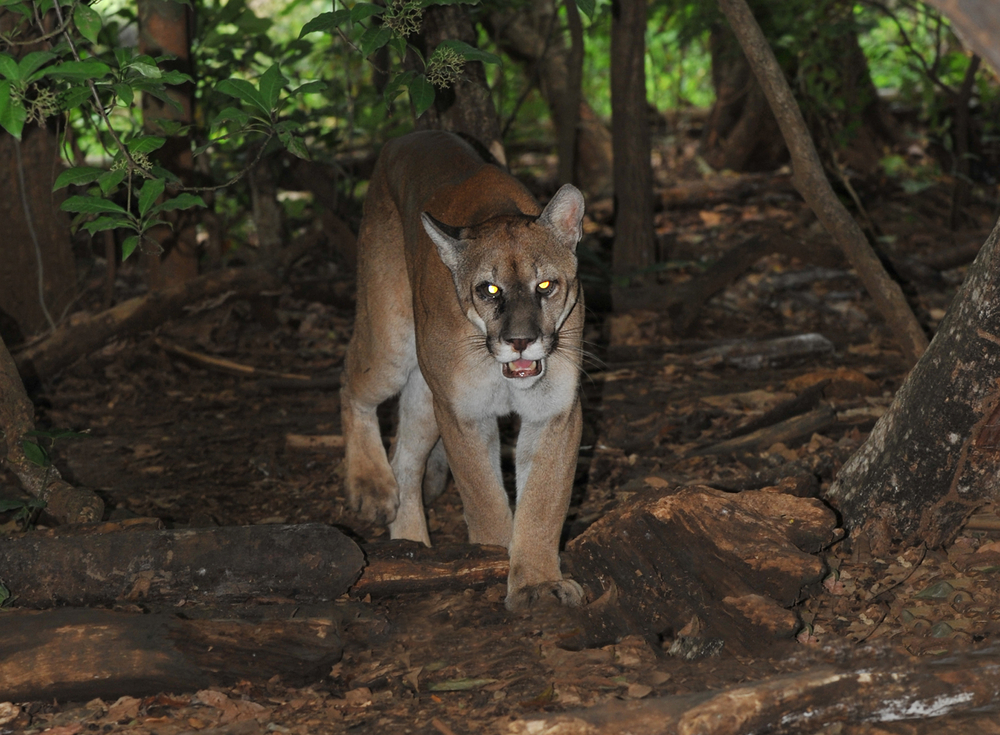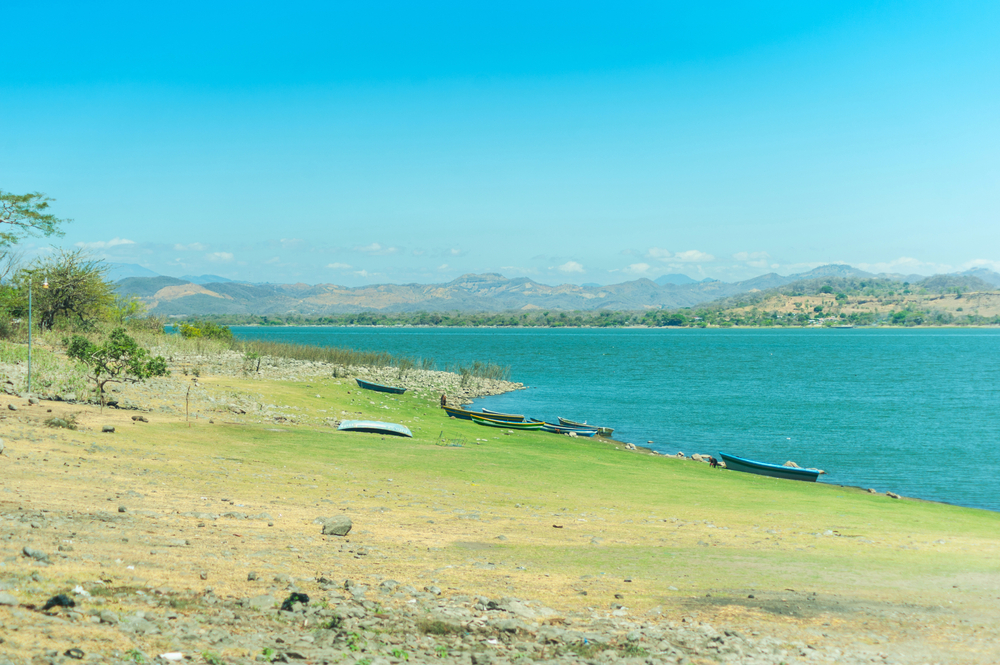El Boquerón Overview
El Boquerón National Park, known locally as Parque Nacional El Boquerón, is a stunning natural reserve located in El Salvador, covering approximately 8.6 square miles (22.3 square kilometers).
Situated just outside the capital city of San Salvador, this park is perched on the upper reaches of the San Salvador Volcano, also known as Quezaltepeque. The park’s elevation, which reaches over 5,900 feet (1,800 meters) above sea level, provides a cool and refreshing climate compared to the surrounding lowlands, making it a popular escape from the heat of the city. El Boquerón, meaning “the big mouth,” refers to the massive crater that dominates the landscape, offering breathtaking views of its steep walls and lush greenery.
The terrain of El Boquerón National Park is characterized by rugged volcanic landscapes, dense cloud forests, and steep cliffs that descend dramatically into the crater below. The centerpiece of the park is the crater itself, which measures about 1.5 kilometers (nearly a mile) in diameter and more than 1,800 feet (550 meters) deep.
A smaller crater, known as “Boqueroncito,” sits within the larger one, adding to the park’s geological intrigue. The surrounding forest is lush with a mix of pine and broadleaf trees, including species such as oak and cypress. The volcanic soil allows for a rich variety of plant life, including colorful wildflowers and thick undergrowth, which provide habitat for numerous bird species and small mammals.
Wildlife in El Boquerón National Park is diverse, with a variety of mammals, birds, and reptiles inhabiting the dense forested areas. Visitors may spot species such as armadillos, raccoons, and agoutis scurrying through the undergrowth. Though more elusive, white-tailed deer and small wildcats, such as ocelots, have also been recorded in the region.
The park is particularly rich in birdlife, with colorful toucans, hummingbirds, and motmots frequently seen among the trees. The blue-crowned motmot, with its vibrant green and blue plumage, is a favorite among birdwatchers. Other notable birds include woodpeckers, hawks, and various species of owls, which thrive in the cool, shaded environment.
A major attraction of the park is the viewpoint overlooking the crater, where visitors can take in panoramic views of the dramatic volcanic landscape. Well-maintained trails lead through the forest to several key observation points, offering spectacular sights of both the crater and the surrounding valleys.
The hike to the main viewpoints is relatively short but offers a rewarding experience, with opportunities to witness the unique volcanic geology up close. Photography enthusiasts, nature lovers, and hikers all find the park an excellent destination for outdoor exploration.
Visitors can explore the park through guided or self-guided hikes, with trails that range from easy to moderate in difficulty. Educational signage along the paths provides information about the park’s volcanic history, native flora, and conservation efforts.
Local guides are available to share insights about the region’s ecology and geological significance. The park is also a favorite for picnicking, as its cool climate and scenic vistas provide an ideal setting for a relaxing day outdoors.
El Boquerón National Park faces conservation challenges, particularly in balancing tourism with environmental protection. Deforestation and human encroachment have historically threatened the region, but conservation efforts have helped preserve its unique landscape.
The park’s management actively promotes sustainable tourism, enforcing strict regulations to prevent littering and habitat destruction. Local organizations work to maintain trails and protect wildlife, ensuring that the park remains a thriving ecosystem. Through continued conservation efforts, El Boquerón remains one of El Salvador’s most cherished natural treasures, offering both a sanctuary for biodiversity and a stunning escape into nature.














































































